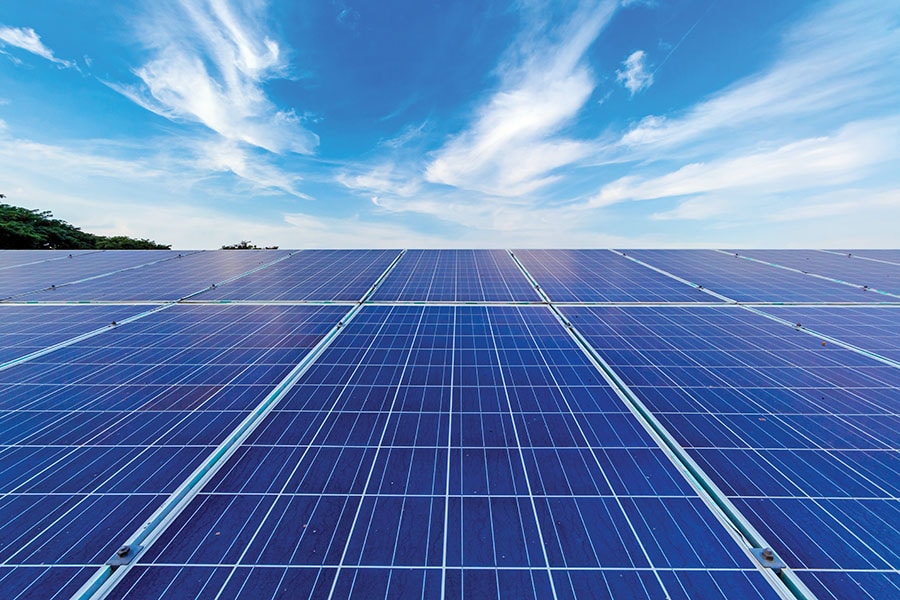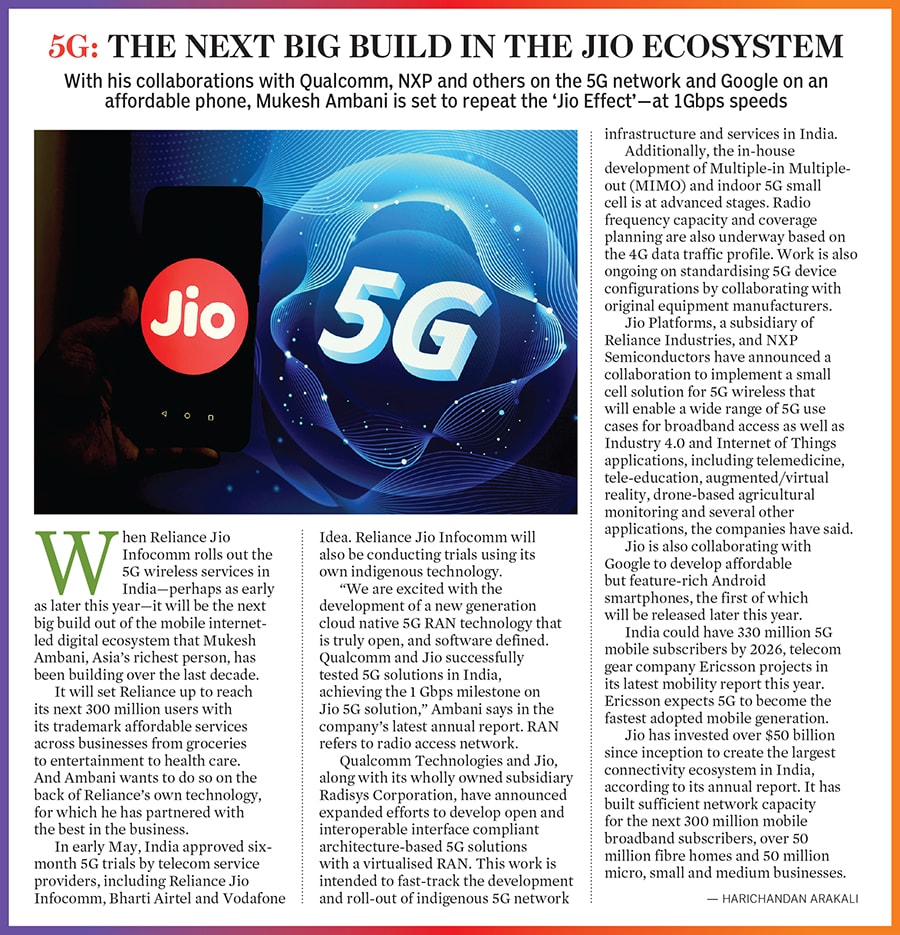
Cover story: Inside Mukesh Ambani's green gambit
Reliance Industries' bold plan to move into the green energy space—with an investment of ₹75,000 crore—is in keeping with its 2035 net carbon zero commitment. It also has the potential to catapult RIL into the largest green energy business in India
 We are exploring new and advanced electrochemical technologies that can be used for large-scale grid batteries to store the energy that we create: Mukesh Ambani, Chairman and Managing Director, Reliance Industries Limited
We are exploring new and advanced electrochemical technologies that can be used for large-scale grid batteries to store the energy that we create: Mukesh Ambani, Chairman and Managing Director, Reliance Industries Limited
Over the last decade, Mukesh Ambani has moved to remake Reliance Industries Ltd (RIL) with a singular objective: To reduce its dependence on its mainstay hydrocarbons business. At this year’s annual general meeting (AGM), the 64-year-old chairman took another step in that direction.
On display was a bold plan to move into the green energy space with an investment of ₹75,000 crore. While this would be supplemented with government grants in the form of production-linked incentives, the sheer scale has the potential to catapult the company into the largest green energy business in India over the next decade. It also dovetails with its plan to become a carbon-zero business by 2035.
Reliance plans to invest in both manufacturing as well as partnerships in the solar and hydrogen fuel economies. Notably absent from the announcement was wind energy, which is largely seen as a mature business and one that hasn’t lived up to its potential.
“The group has a unique ability to make significant end-to-end investments as it has done with the oil & gas as well as telecom businesses. If it takes the same view in renewable energy, that can be a very powerful differentiator,” says Vinay Rustagi, managing director at Bridge To India, a consultancy firm specialising in the renewables space.
Over the last year, carbon neutrality has emerged as a key theme globally and governments are making it easier for businesses to hop onto this bandwagon. First, there are the obvious societal benefits. Second, there are payouts for select businesses like steel where the carbon footprint is particularly large. Third, as ESG (environmental, social and governance) investing comes more and more to the forefront, companies are going the extra mile to show they are good corporate citizens. So not only would this make business sense, in time, it should also result in a higher valuation.
(This story appears in the 30 July, 2021 issue of Forbes India. To visit our Archives, click here.)




 Image: Shutterstock
Image: Shutterstock The Green Energy Plan
The Green Energy Plan At ₹1,57,629 crore, Reliance Retail is India’s largest retailer by turnover
At ₹1,57,629 crore, Reliance Retail is India’s largest retailer by turnover Anant Ambani is on the boards of two Reliance solar energy companies
Anant Ambani is on the boards of two Reliance solar energy companies














